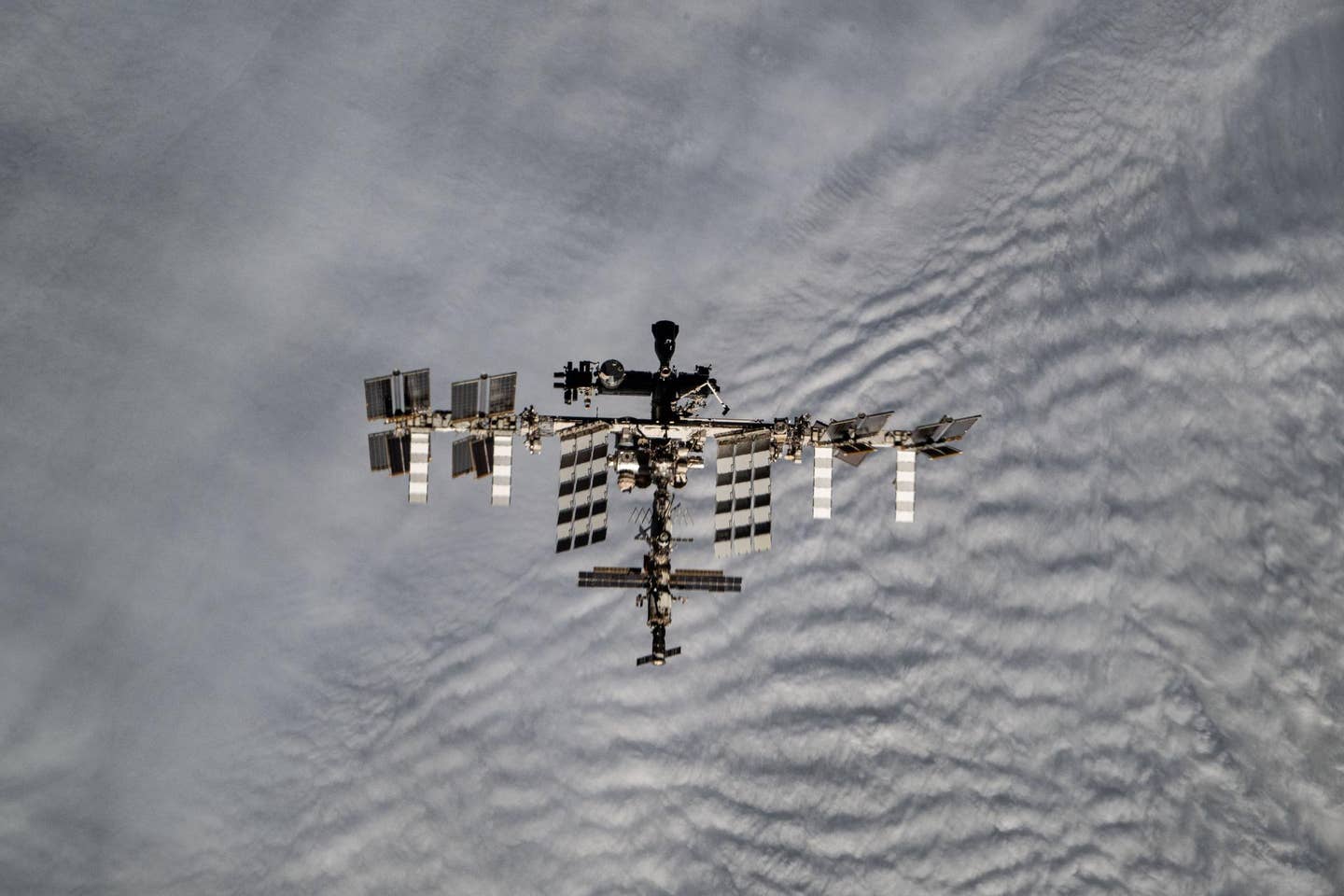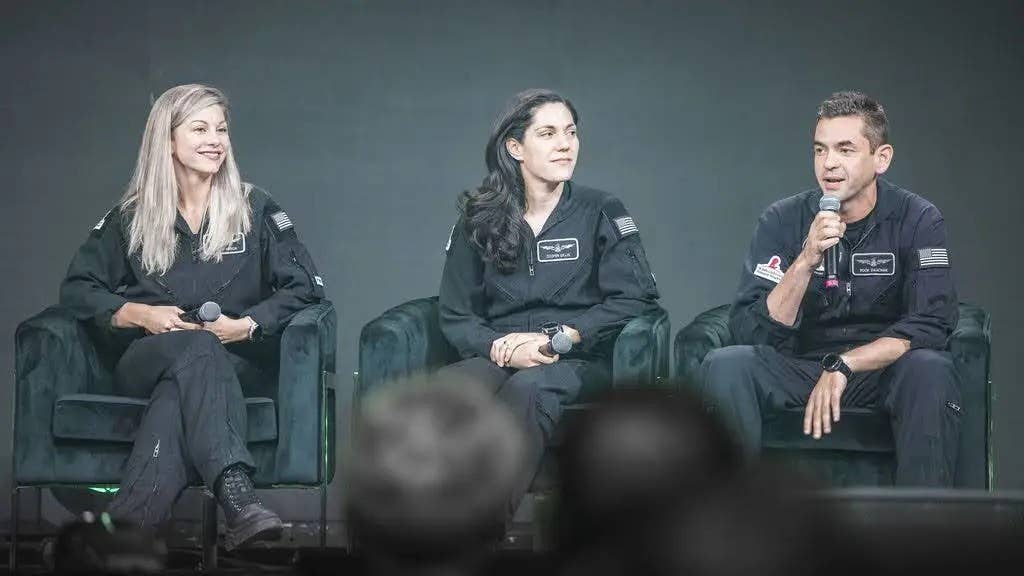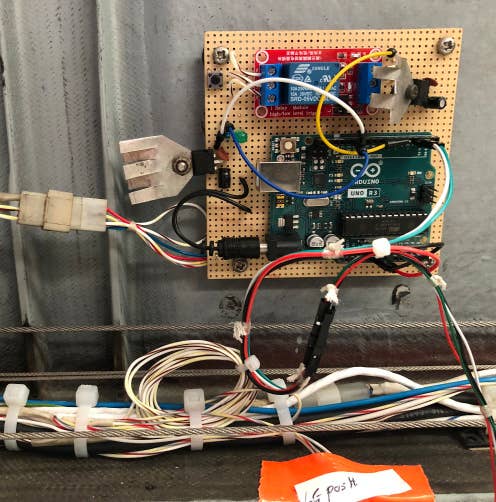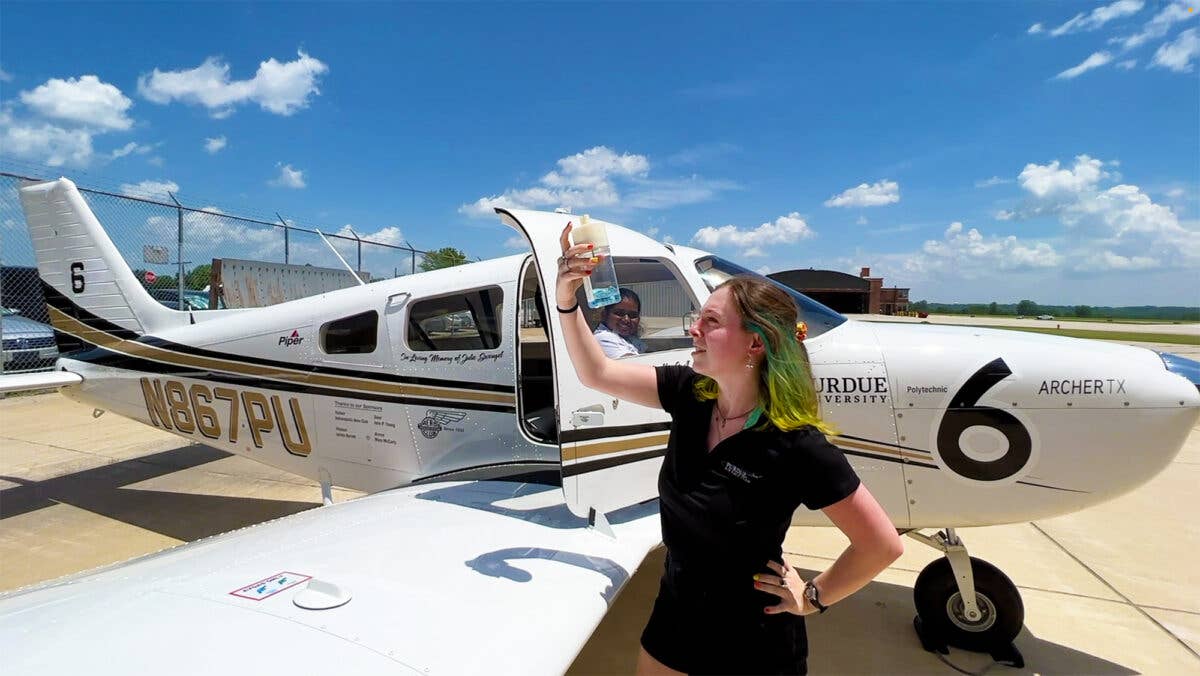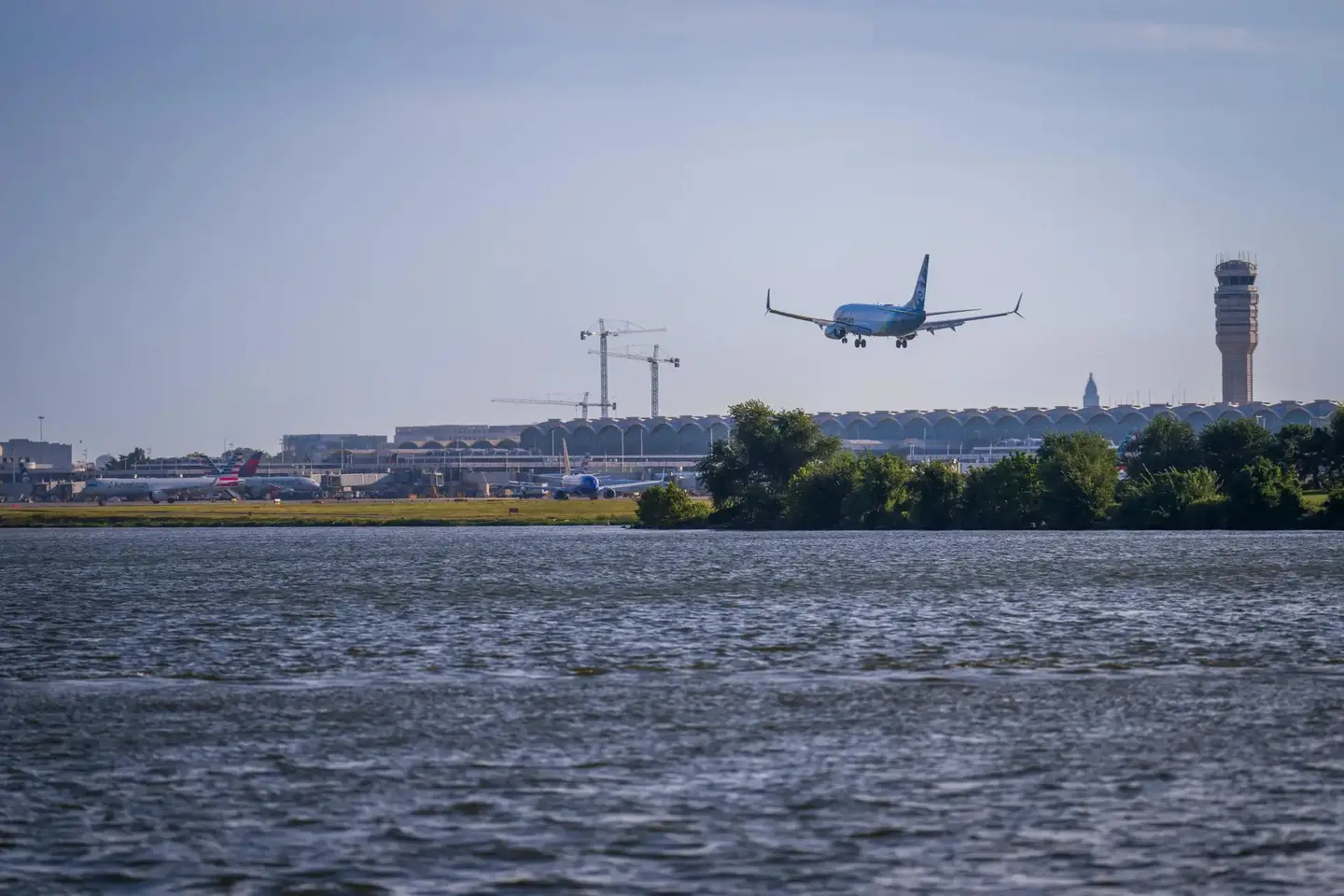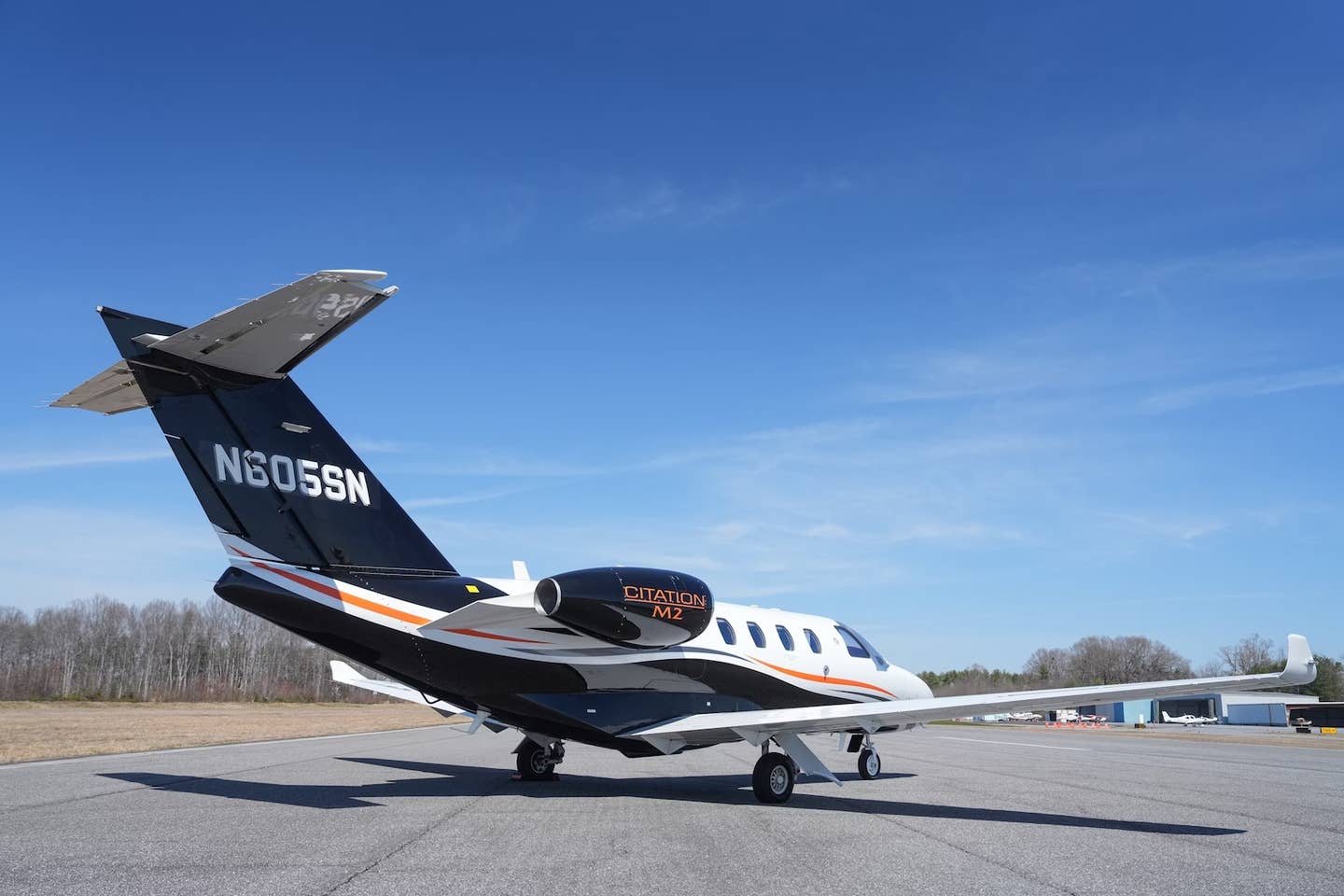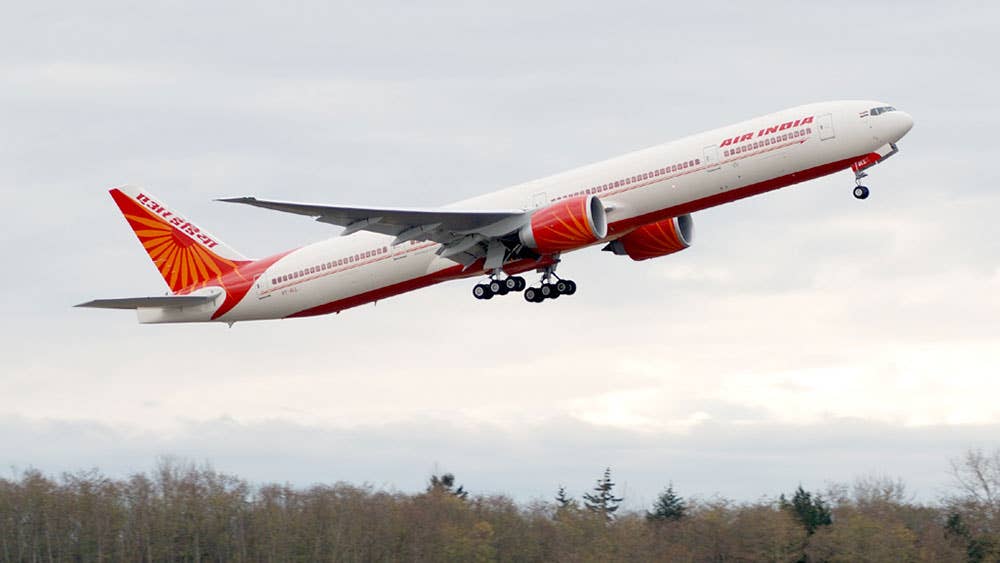
An Air India Crew’s training really paid off in New York on Tuesday. Wikimedia Commons
For an instructor, there’s seldom anything more annoying than a student who believes they have some problem solved before it’s even been fully explained, like when we fail an aircraft system and combine that with an interesting scenario. Some pilots think they’ve either seen it before, or that the problem is so ridiculous it could never happen. But instructors carry on, never being certain just when some kernel of knowledge a new pilot picks up that might someday turn out to be valuable.
Imagine the challenges recently faced by the two pilots aboard an Air India Boeing 777-300 flight from Delhi carrying 370 passengers approaching New York’s JFK International Airport. As the big Boeing was tracking inbound on JFK’s Runway 4 Right ILS and descending through 300 feet with an airport runway visual range reported at 3,500 feet, the crew executed a missed approach citing unstable approach indications. Since even professional flight crews going around during an unstable approach are rare, points here to the crew.
As the aircraft climbed back up through 2,000 feet, the pilots told approach control they’d lost some equipment, a number of instruments, in fact, including the localizer, one of two radio altimeters and two of three remaining barometric altimeters. The Airplane's auxiliary power unit was also unusable, as well as the Boeing’s autoland capability.
The pilot handling the radios told approach they wanted another try at 4 Right, but wanted a long turn on to the final approach course, but then realized the failures had robbed them of the ability to fly the ILS. The crew asked approach about local airports with weather that included at least a 600-foot ceiling that would allow for a non-precision approach. The flight’s original alternate and secondary airports, Newark and Stewart both reported ceilings lower than 600 feet. The crew learned Albany’s ceiling was right at 600 feet so they then asked for Boston’s weather. By now, the 777 was beginning to get tight on fuel.
Approach told the Air India crew the best weather they could locate was at Bradley Connecticut, 100 miles northeast. As the pilots considered their options, the ceiling at nearby Newark had increased to 400 feet so the crew decided to head to New Jersey. The pilots climbed the aircraft to 5,000 feet as approach control set them up for the runway 4 Right ILS at Newark. The crew reminded approach they’d lost ILS capabilities and needed the LNAV/VNAV to the 10,000-foot long Runway 4 Right.
Available information indicates the crew eventually flew the EWR GPS Y approach to Runway 4 Right. While inbound on final approach however, Newark Tower issued the pilots a low-altitude alert and re-issued the current altimeter. Ninety seconds later, and some 38 minutes after the missed approach at JFK, the Boeing 777 landed safely at Newark. The crew advised no further assistance was necessary.
All in a day’s work for a professional flight crew.
My use of the title professional here refers not simply to pilots being paid to fly, but a crew that understood their airplane well and had most likely trained on some of these “just in case moments,” many times during their rise from the ranks of private pilot.

Sign-up for newsletters & special offers!
Get the latest FLYING stories & special offers delivered directly to your inbox

